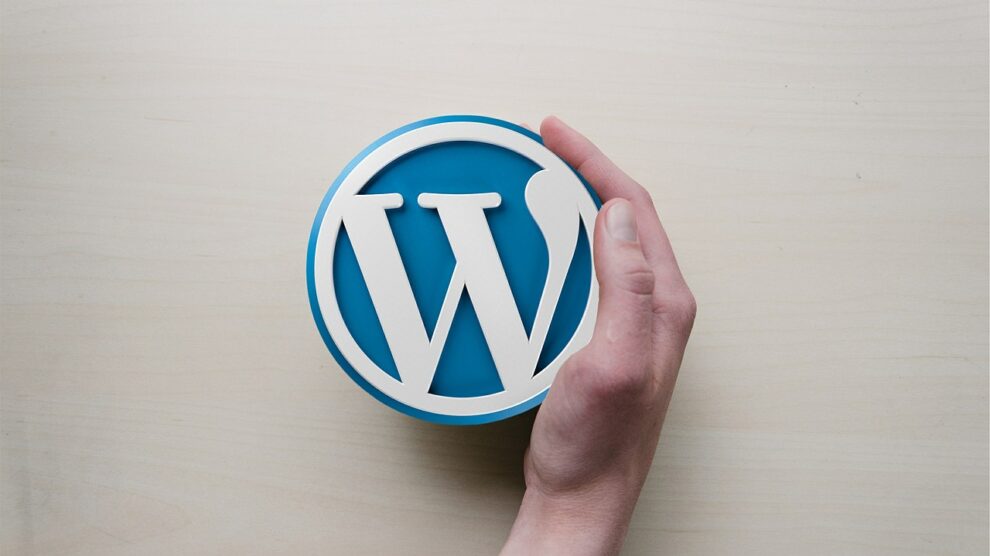In my past post, I talked about some great plugins that could be used to setup an Ecommerce store.
Over the years, working with ecommerce brands of all sizes, I’ve been able to identify some simple tricks and hacks that work very well for online stores.
In this post, I’ll go into some of these tricks of the trade that you can use to improve conversions, gain better rankings and boost sales.
What’s Your Goal?
The goal of your store’s plugins, themes, and setup is to create the optimum experience for your customers. This way you’ll always have optimal conversion rates.
Keep the following things in mind:
Have great images, because larger images at higher definitions are known to make better impressions and improve sales. Stay away from small green images at all costs.
Keep your loading times down. A delay in loading times up to one second can result in a up to 7% reduction in conversions, so make sure your site loads quickly.
Give great customer service. Just because my store is not a physical store, does not mean I can ignore customer service. In fact I have to be more diligent about providing great customer service, because I have to work harder for the trust of online shoppers.
Tricks of the Trade
Nothing beats experience, and over the years, there are a few tricks (or ways) I learned that have helped me a lot in growing ecommerce businesses rapidly for clients and myself.
The first one is a tried and tested strategy. The second one is a bit technical. The third one is plain common sense.
Without further ado, here you go:
Video product descriptions work three times as well as the ordinary ones
I don’t think I need to go deep into this one, but Bombtech Golf is a great example of a brand that does this very well.
Video product descriptions convey the pros and cons of your products much more clearly than ordinary textual product descriptions, and when done the right way, are more share worthy content.
Optimize for Crawl Budget Before Delving Into AMP
When Google introduced AMP, we noticed a new issue with many new clients that signed up with us. Site crawling issues began increasing right after they implemented AMP.
And yes- this is what sitemaps and sitemap submission is for.
But imagine this:
You have an ecommerce website that has hundreds of thousand of pages that get updated frequently.
And you have a hundred different ways to filter the products listed on your site.
Now this is where the problem occurs. With all these different filters, there are all sorts of new URLs that Google can crawl.
But how can you get around this?
Your robots.txt! Just make sure you use commands that allow Google to crawl only some filters, and disallow crawling for the remaining majority of them.
Now this is where it gets interesting.
If you already have crawling and slow indexing issues, don’t delve into AMP just yet. AMP pages causes all URLs on your website to have a different version.
Here’s what I mean:
domain.com/page/ , and
domain.com/page/amp/
Get it?
Fix crawling issues first, and then implement AMP. The best way to do this is to run a thorough content and SEO audit and optimize your robots.txt for your current crawl budget.
Thoughtful, useful, actionable content is the key to growth
I’ve always felt that the single greatest advantage to starting your own ecommerce store rather than selling on Amazon is the ability to use content marketing to drive in leads passively and independently.
And with a proper process to take care of the content creation and promotion, it’s super simple!
More and more ecommerce brands are using content marketing to increase traffic and thereby sales volumes.
The idea here is simple- the more buyer centric content you publish, the more traffic you drive to your ecommerce blog. The sales you bring in is almost directly proportional to the traffic you drive. And as a plus, as you keep driving more and more traffic, your content begins to gain traction, thereby bringing in even more sales.
Summing Up
Be sure to select a great ecommerce plugin that will meet your needs. Then make sure you choose a theme which improves your customer’s experience and doesn’t detract from it. The theme you choose should be mobile compatible, period.
To maximize conversion rates, offer great customer service along with keeping load times down and having great images. And then try to use video descriptions, make sure you optimize for crawl budget, and start blogging!
There’s definitely much more to having a successful ecommerce store than just these few things, but if you pay attention to these tips for building a great foundation, you’ll be off to an excellent start.





